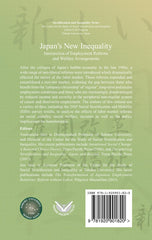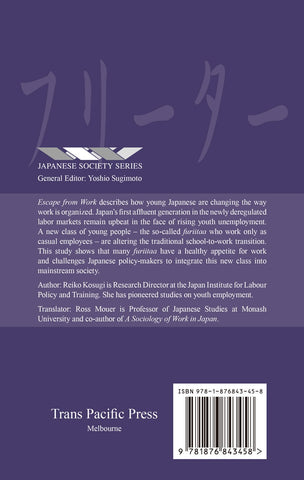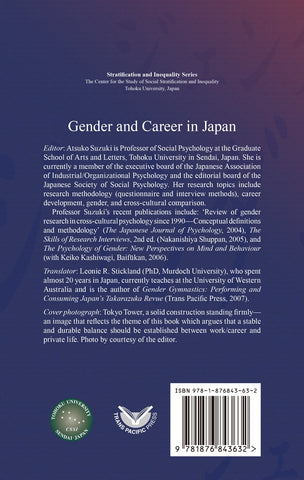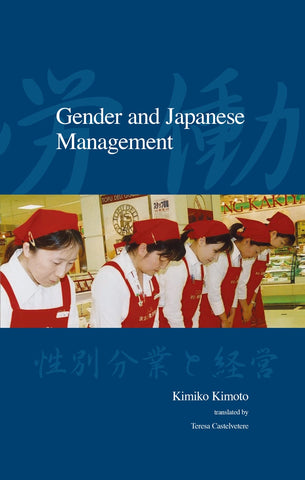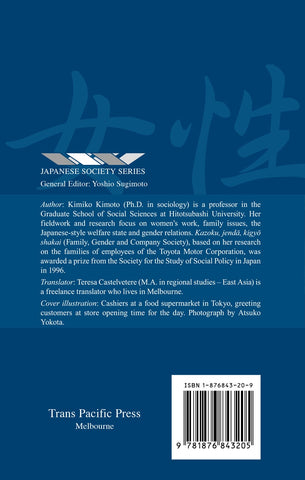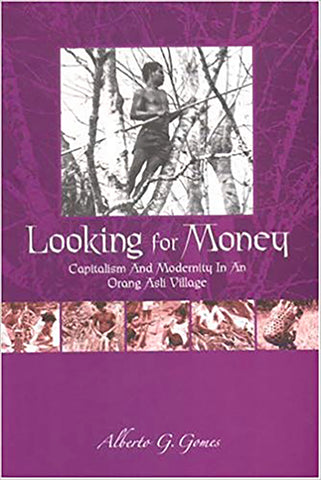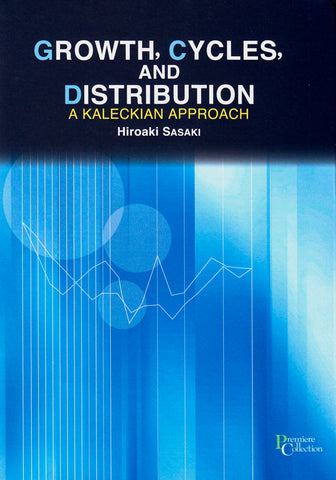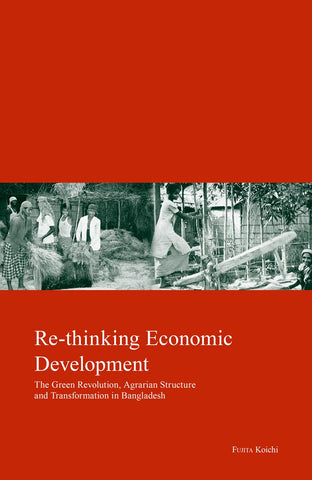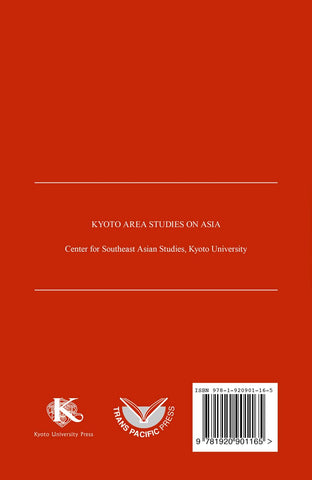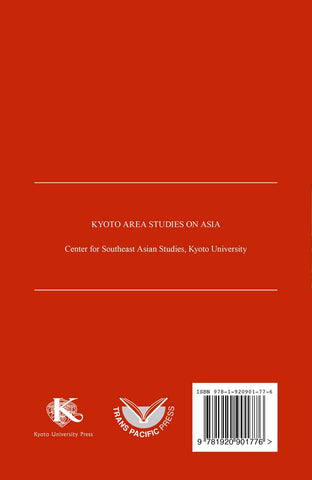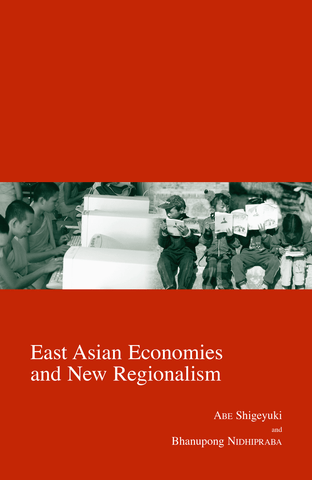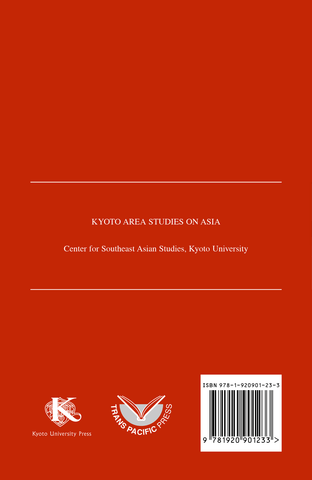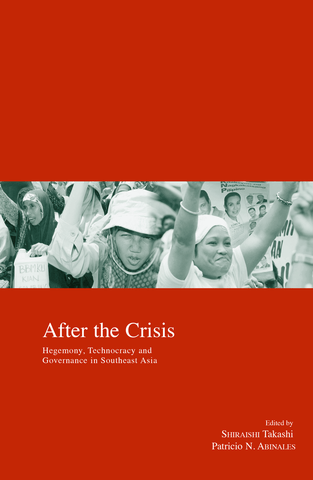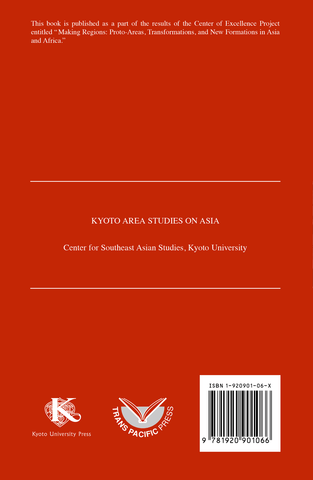Japan's New Inequality
Many In Stock
After the collapse of Japan's bubble-economy in the late 1980s, a wide range of neo-liberal reforms were introduced which dramatically affected the nature of the labor market. These reforms expanded and consolidated a two-tier market, widening the gap between those who benefit from the 'company citizenship' of 'regular' (long-term, secure) employment conditions and those who are increasingly disadvantaged by reduced income and security in the peripheral non-regular system of casual and short-term employment. The contributions in this volume use the 2005 Social Stratification and Mobility (SSM) survey data to analyze the effects of Japanese labor market reforms on social mobility, social welfare, company 'citizenship,' incomes, as well as the policy implications for homelessness.
Reviews
"The volume makes a timely contribution in the context of extensive public debate in the media and recent academic works about the widening gap between rich and poor, and about the consequences of that gap for individuals and the society as a whole. The book is a valuable addition to the field and complements recent publications on social inequality . . . [and] is significant in two major ways. The first is that, going beyond quantitative changes in social inequality, it illuminates, and convincingly argues for, qualitative changes in social inequality. This is insightful. It advances our understanding of patterns of inequality, since we have long seen debates on increasing inequality in income and life chances and in terms of the 'working poor' and 'new poverty.' The second significance is the authors' insistence that institutions rather than individual attributes guide social inequality . . . Institutions set boundaries to, and guide, family and individual decision and actions, which have resulted in the qualitative changes in social inequality in the last three decades." - Journal of Japanese Studies, Vol. 40, No. 1, 2014
About Editors and Authors
SATO Yoshimichi
SATO Yoshimichi is a Japanese sociologist and Professor in the Graduate School of Arts and Letters, Tohoku University. He specializes in sociology, behavioral science and mathematical sociology. After completing a PhD at the Graduate School of Sociology, University of Tokyo, he served as Assistant Professor in the Faculty of Commerce, Yokohama City University, Associate Professor in the Faculty of Arts and Letters, Tohoku University, and Visiting Scholar in the Faculty of Sociology, University of Chicago, and at Cornell University. His research interests include social hierarchy, social stratification and mechanisms that generate inequality.
IMAI Jun
IMAI Jun is a Japanese sociologist and Professor in the Department of Sociology, Faculty of Comprehensive Human Sciences, Sophia University.
He graduated from the College of Liberal Arts of the International Christian University. After working for Sumitomo Bank, he completed the MA program of the International Christian University, and received a PhD in Sociology in 2006 from the State University of New York at Stony Brook. His research interests include employment relations, institutionalism, sociology of labor, economic sociology, class and stratification, comparative sociology, Japanese studies and gender relations.


